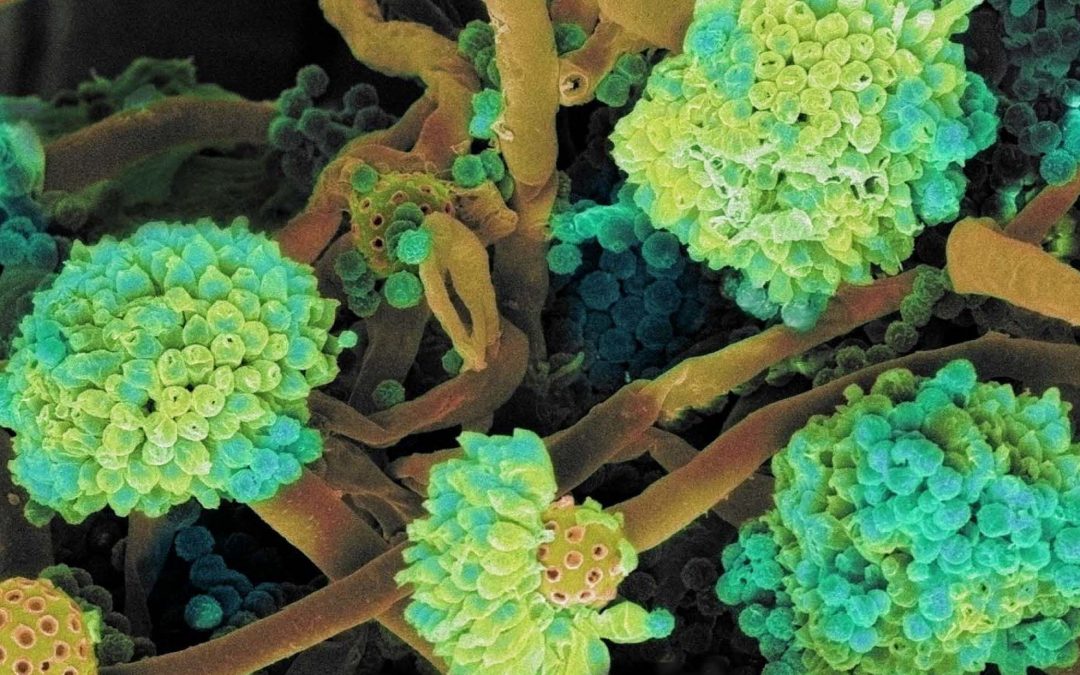Molds are a gold mine for new drugs. Scientists believe there are thousands or even millions of fungal molecules waiting to be discovered, with enormous health, social and economic benefits. However, numerous challenges have pushed pharmaceutical companies away from tapping into this bounty.
CLP scientists in the Proteomics Center for Excellence, led by Neil Kelleher (molecular biosciences, chemistry, and medicine), collaborated with colleagues at the University of Wisconsin-Madison and the biotech company Intact Genomics to develop new technology called FAC-MS (Fungal Artificial Chromosomes with Metabolomic Scoring), which combines genomics, protein analysis (proteomics) and data analytics to systematically identify powerful bioactive molecules from the microbial world — honed through millennia of evolution — for new drug leads.
The big advance is how many gene clusters they are able to wrangle in a single study. Instead of reporting just one or two, they have teed up 56 gene clusters and pulled out 17 new natural products and picked one to rigorously characterize in depth, which they named valactamide.
This hit rate of 30 percent is extraordinarily high for drug discovery efforts. If brought to an industrial scale, the new FAC-MS process will help domesticate wild molds to reinvigorate drug discovery with compounds from the natural world.
